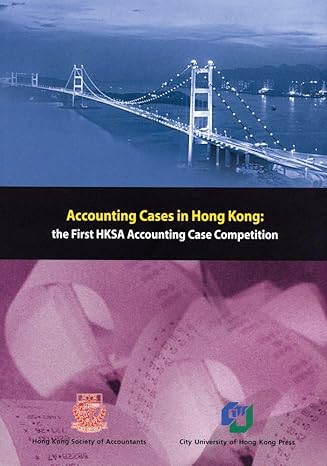Question
Consider a firm of total value $1 million with a capital structure comprising solely of equity (i.e. no debt, assume the firms wealth is initially
Consider a firm of total value $1 million with a capital structure comprising solely of equity (i.e. no debt, assume the firms wealth is initially fully invested in plants and equipment). The current share price is $100, with 10,000 shares outstanding. The firm then recognizes a profitable endeavour promising a cash flow of $500,000 at a cost of $400,000. The required rate-of-return to new equity holders is 10%, and to debt is 5%. Assume taxes are zero.
a) Write the value of the firm (i) after $400,000 has been raised and (ii) upon the endeavours cash flow having been realized.
b) If management decides to fund the endeavour via issuing new equity, how many additional shares must be issued? Hint: Using the values from part a, write the share price before and after the endeavours cash flow has been realized (after funding has been obtained). Also, be sure to account for the required return to new equity.
c) What is the price per share upon issuance? Upon cash flows being realized? How has the value per share been affected by the funding strategy, both (i) before and (ii) after cash flows are realized? Explain.
d) If the firms management decides to fund the endeavour via issuing debt (i.e. bonds) rather than equity, what is the new price per share upon cash flows being realized? Hint: Dont forget to account for the required return to debt holders!
e) Has the final value per share been affected by the funding strategy? Explain any difference between your answers to parts b and c. Does your answer violate the Modigliani Millers Theorem?
Step by Step Solution
There are 3 Steps involved in it
Step: 1

Get Instant Access to Expert-Tailored Solutions
See step-by-step solutions with expert insights and AI powered tools for academic success
Step: 2

Step: 3

Ace Your Homework with AI
Get the answers you need in no time with our AI-driven, step-by-step assistance
Get Started


